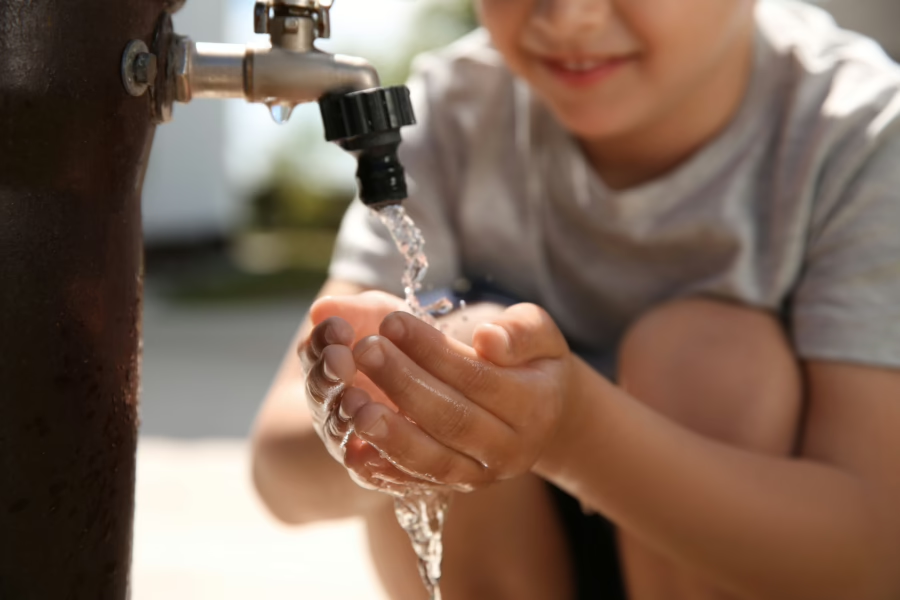The August recess is here, with the House being out until September 13 and the Senate being out until September 6. Lawmakers have been working feverishly to either pass or tee up legislation in accordance with their agenda before the upcoming midterm elections in November determine the balance of power in Washington.
Many anticipate that Democrats will lose control of the House and potentially the Senate as well, meaning that the year’s remaining weeks on the legislative calendar will be full of dealmaking as Democrats aim to get as many components of their platform across the finish line as possible. This activity is expected to increase particularly during the so-called ‘lame duck’ period between election day on November 8 and the official conclusion of the 117th Congress on January 2.
One of the biggest developments in this last-minute legislative push occurred in the final week of July, when Senator Joe Manchin announced that he had reached a deal with democratic leadership regarding a new reconciliation package titled the Inflation Reduction Act (IRA). This package was passed on strict party line votes in both the House and the Senate and signed into law by President Biden on August 16. This new package includes billions of dollars in conservation, resilience, and ecosystem restoration programs across the federal government. It also includes explicit authorization for the EPA to regulate carbon dioxide as a pollutant, in response to a recent Supreme Court case that denied the agency the power to regulate carbon without such explicit permission. While this new package includes important and groundbreaking investments for climate/clean energy and healthcare, the provisions on water infrastructure funding that had been included in earlier versions of the bill—specifically for low-income customer assistance, rural water funding, and lead service line removal—did not make it into the final bill text.
Another big policy item that may pass between now and the end of the year is appropriations legislation for fiscal year 2023 (FY23). On July 28, Democrats on the Senate Appropriations Committee released draft bill text for the FY23 spending bills following the House Appropriations Committee’s version of FY23 appropriations that was released in late June. However, this bill is not yet bipartisan, and it will likely be used as more of a starting point for Senate negotiations that will resume following the August recess, with the final version likely not being agreed upon until after the midterm elections. If this timeline holds true, a continuing resolution will need to be passed before fiscal year 2022 concludes at the end of September.
Also on July 28, the Senate passed the Water Resources Development Act of 2022 (WRDA) with a strong bipartisan vote of 93-1 (with only Sen. Mike Braun (R-IN) voting no), following the passage of the House’s version of the bill on June 8. This year’s WRDA does not include authorizations for EPA water programs, instead only including authorization of funding and policy tweaks to programs within the U.S. Army Corps of Engineers (USACE). The House and Senate versions of this package will now be informally conferenced and prepared for final passage later this year.
While Congress is out on recess, the Administration is continuing to make the case to voters in the upcoming election that the President’s and Democrats’ vision for the country is the right path forward. On the water front this includes a new focus on closing the water and wastewater access gap. EPA announced on August 2 a Closing America’s Wastewater Access Gap Community Initiative. This includes a partnership between EPA and the Department of Agriculture Rural Development (USDA-RD) to jointly leverage technical assistance resources to conduct assessments, develop community-driven solutions, identify and pursue funding opportunities, and build longer-term capacity. This initiative is being piloted in 11 places across the southern regions of the country in collaboration with states and tribal nations. The hope is to understand what works in this pilot and continue to scale to additional communities.
August also brought additional actions from EPA to regulate certain per-and polyfluoroalkyl substances (PFAS). On August 26, the EPA announced a proposed rule. This, in addition to the testing requirements and lifetime health advisories released in June, would be dramatic steps in the regulatory process. The hazardous substance designation would mean that releases of these chemicals over certain thresholds would trigger the intervention of federal regulators, who can in turn require cleanup. Under CERCLA liability standards, utilities that release treated wastewater or drinking water that contains PFAS (even in trace amounts) could be on the hook for these cleanup costs. The EPA emphasized that it is not targeting smaller-scale polluters who may have unknowingly released the chemicals, but instead culprits “who have manufactured and released significant amounts of PFOA and PFOS into the environment.” This puts bigger releasers like the Department of Defense under considerably more pressure. An additional element in the proposal is the EPA’s intention to release another notice asking for input on designating other chemicals in the PFAS family as hazardous under CERCLA. The public comment period on the proposal is open for 60 days, and much work (including a full economic analysis on the rule’s impact) is forthcoming before it gets finalized into law.


